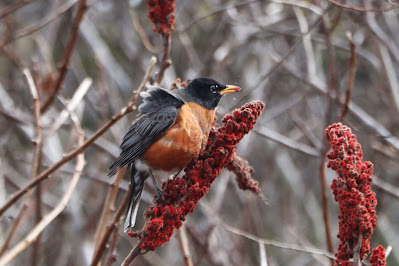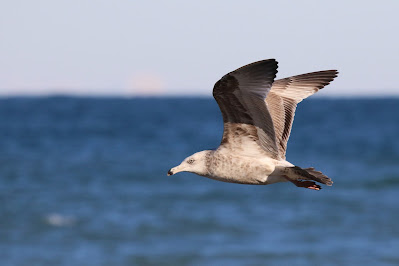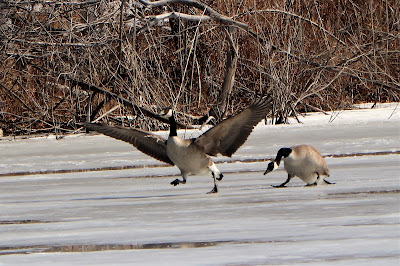A Few Birds of Prey!
American Kestrels prefer open areas with short ground vegetation and sparse trees. They can be found in meadows, grasslands, deserts, parks, and farm fields. We often see them on roadside hydro lines but Deryl found this one in a more natural setting.
https://www.allaboutbirds.org/guide/American_Kestrel/lifehistory
Cooper's Hawks mainly eat birds. Small birds are safer around Cooper's Hawks than medium sized birds such as Starlings, Doves, Robins and Flickers. I often see them dining on chipmunks in Canatara Park. This individual flew past me very close to ground level as I walked through a wooded area.
https://www.allaboutbirds.org/guide/Coopers_Hawk/lifehistory
Turkey Vultures are making an appearance in South-western Ontario. A few sightings have occurred this winter. Once March arrives, Turkey Vultures can be seen in larger numbers as they migrate through the area.
Bald Eagles are starting to sit on their very large nests. Bald Eagles build some of the largest of all bird nests - typically 5 to 6 feet in diameter and 2 to 4 feet tall!
www.allaboutbirds.org/guide/Bald_Eagle/lifehistory#nesting
The Red-tailed Hawk is probably the most common hawk in North America. They soar above open fields, slowly turning circles on their broad, rounded wings. Sitting atop telephone poles is a common place for them to perch, eyes fixed on the ground, watching for movement of their next meal.
https://www.allaboutbirds.org/guide/Red-tailed_Hawk/overview






















































